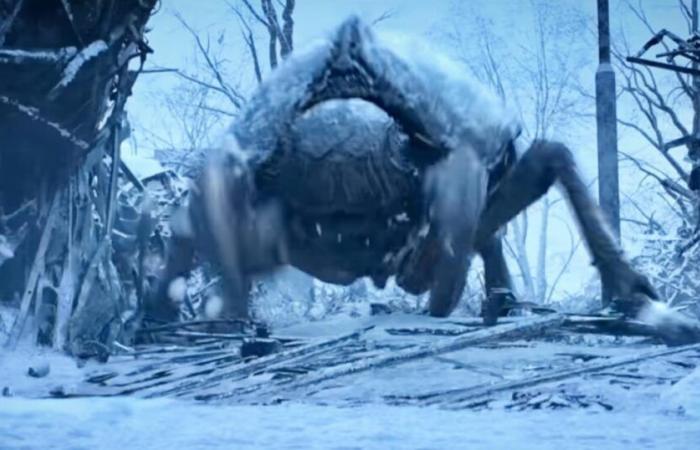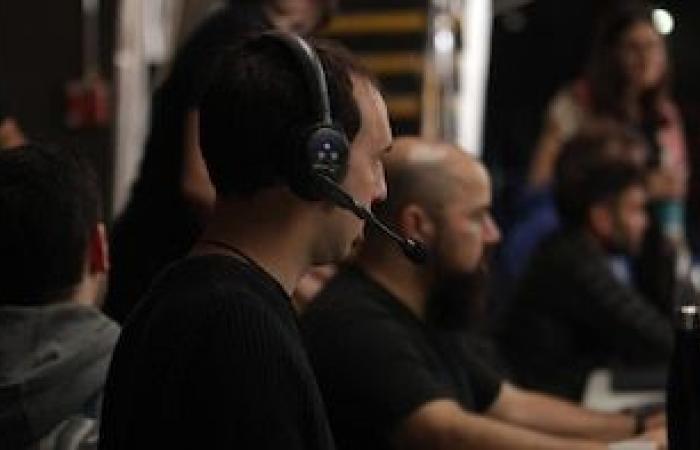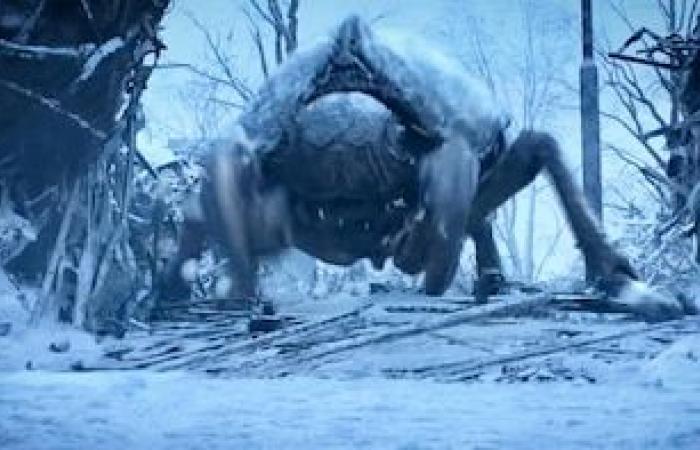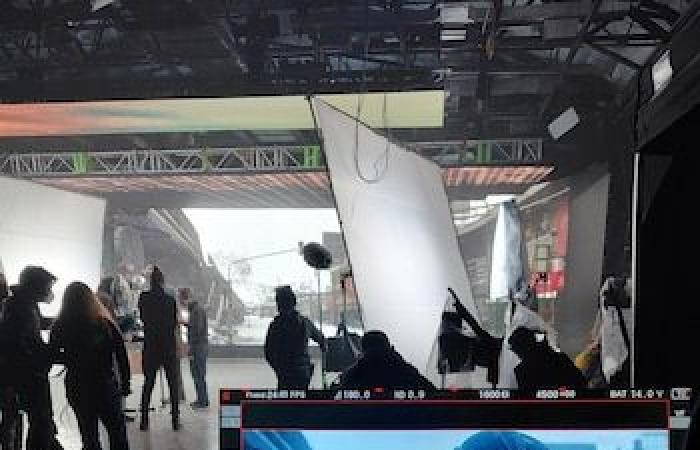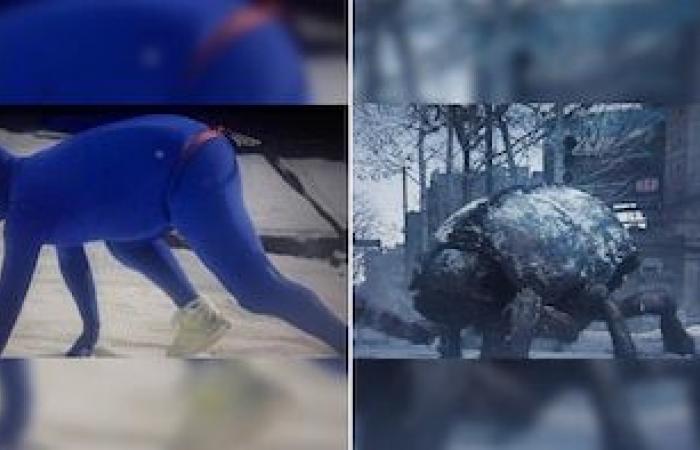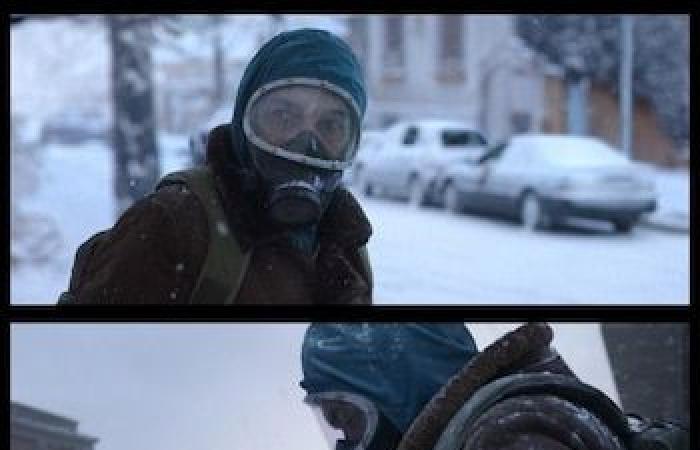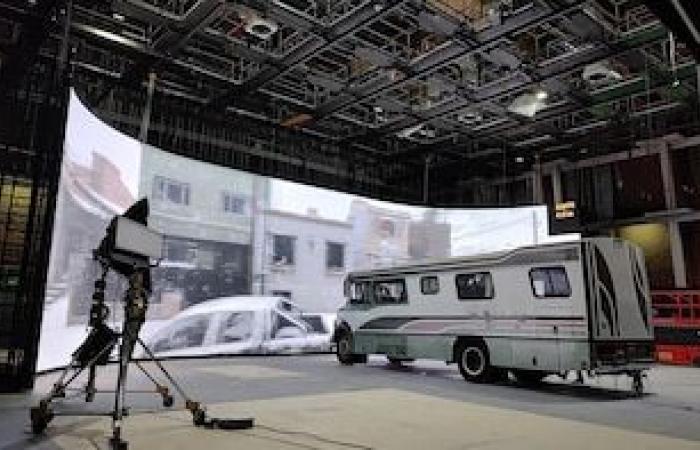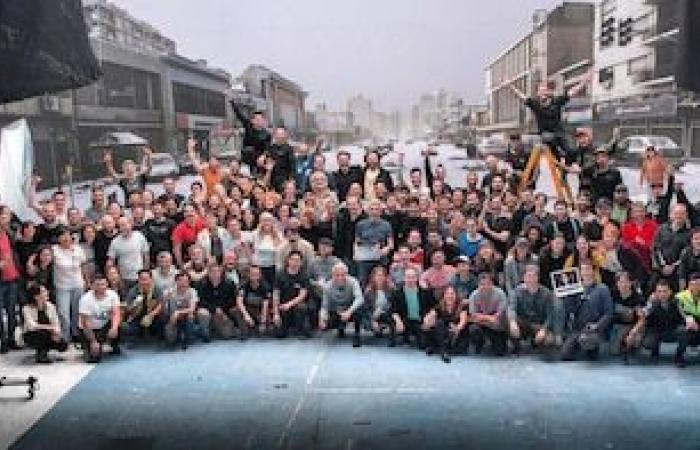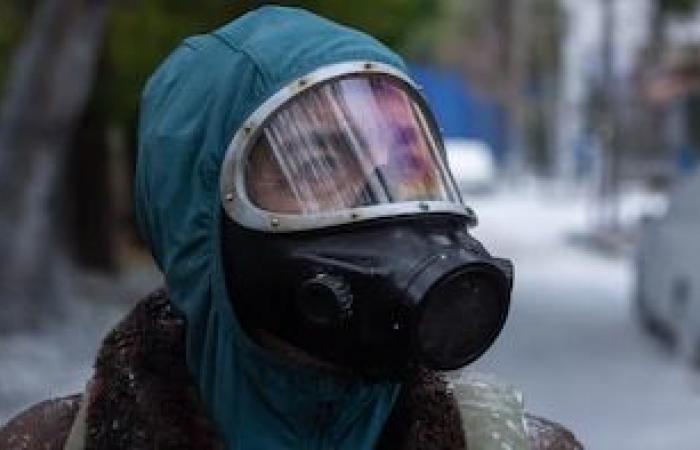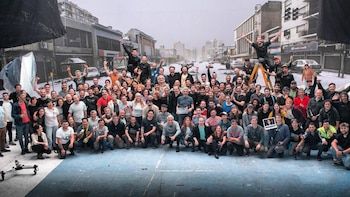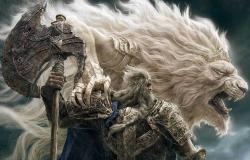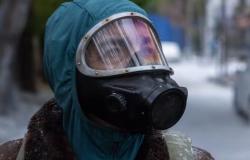“Everything was a collective work, that is what we wanted most to be understood from production.”affirms with emphasis Ignacio Pol, Visual and Virtual Production Supervisor of the hopeful adaptation of The Eternalutareleased by Netflix. His phrase is not just a technical testimony: it is a manifesto that crosses the entire series, an echo of the solidarity spirit that the original work of Héctor Germán Oesterheld y Francisco Solano López He knew how to sow.
In dialogue with TeleshowPOL displays with precision and passion the details of the process behind the visual effects of one of the most ambitious productions in the recent history of Argentine audiovisual. “This was literally the effort of many teams, even studies that were competition and joined for this project“, Remarks.
But the road was not simple, logistics difficulties that demanded international support and technological challenges that pushed local capacity to the limit. Each was a piece of a giant gear, articulated with surgical precision.
One of the most shocking elements of The Eternaluta In its audiovisual adaptation it is the design and realization of the “Cascarudos”those emblematic creatures that sow terror in the original cartoon. Ignacio Pol Tell how its design was created, who participated and how was the technical and artistic process that led them to the screen.
—Who was in charge of the original design of the cascarudos?
“Everything arose from a plastic artist, Martín Canale.” He made the first designs, and from there he developed with production.
“Did international studies participate too?”
-Yeah. Industrial Light & Magic, which are the ones who did Star Wars. They developed some concepts Visuals, not only of cascarudos, but also of key scenes such as arrival at the Saavedra bridge. From those conceptswe develop the plans in 3D.
—What studies intervened in technical development?
– several participated: Many Worldswho did animation tests; Beatthat some planes also worked; And the great flow of plans did it Refinean international study with artists from all over the world.

—What was the role of direction in this process?
—Bruno Stagnaro y Mary Battle They were the ones who coordinated all the development of the characters. They defined aesthetics and how they should integrate into history.
“Did the actors interact with cascarudos in the set?”
“Only on a plane, in a scene with Ricardo Darín and trunk in the car. There we put a cascarudo on screen to react. Everything else was postproduction. I mean, 99.9% post.
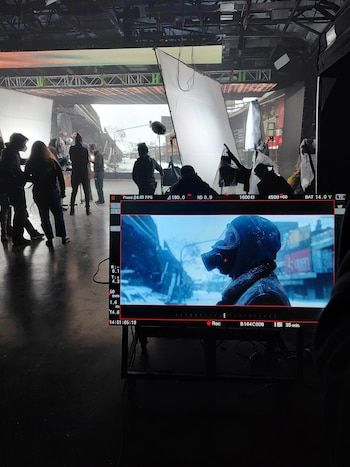
“Did the original design of Solano López respected?”
-Quite. It is a more modern design, but respects the essence of the original. We called it “the bugs” or “the cascarudos.” In the series the characters directly call them “bugs”.
The shells who invaded the screen were never present during the filming. Actually, it was a carefully planned work in the postproduction stage, where specialized teams generated each creature through visual effects. This process required digitally beings with organic forms that evoked the behavior and appearance proposed in the script.
Although the creatures did not physically exist on the set, the actors did not have to face the void. To ensure credible and coherent reactions, a key resource was incorporated: physical specialists, known as stuntswhich served as reference points. Dresses with chroma blue suits, these performers They imitated insect movements when moving on all fours. This technique allowed the interpreters to calculate distances, adjust their movements and develop more realistic interactions.
The specialist explained that observing and working with a tangible element helped the actors visually and emotionally integrate the presence of the bugs. “It was essential that they could look at a real point, calculate times and react convincingly”he said.
After completing the filming, the arduous postproduction work began. At this stage, chroma suits used by stunts“Speaking specifically to be easily eliminated,” they were suppressed through advanced visual composition techniques. The space they had occupied was replaced by computer -generated creatures that replicated movements, proportions and details according to narrative needs.
The use of Chromakeya common technique in intensive productions in visual effects, was key in this process. Without these eliminable and digitally manipulable costumes, it would be unthinkable to achieve such fluid visual transitions between the reality captured in the set and the elements added later in postproduction.
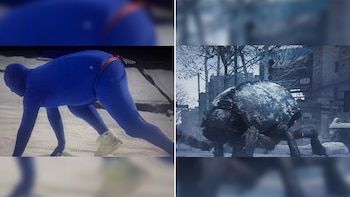
Take a work like The Eternaluta Not only does it imply great conceptual fidelity, but also a technical and logistic effort of unpublished proportions for the local audiovisual industry.
“Why did you resort to outdoor studies for visual effects?”
“Actually, there were many more flat than we thought at the beginning.” For a matter of times and costs, calculation that ended up resorting to outside studies.
“Who made that decision?”
That was handled by Ezequiel Rossi, who is the postproduction supervisor of the series. He took care of the distribution of the plans: this plane goes to this study, this to another, and so on.
-“Couldn’t they cover it only with Argentine studies?”
—Cá all big studies, like STUDY CONTROL y M. Mousethey were already working in the series and had other assigned planes. They were full, increasing their schools to get with what they already had.
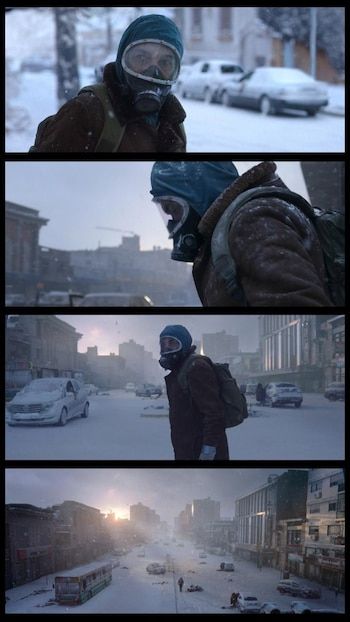
“What limitations did you find in the local market?”
—ALugo studies could not join the workflow that we were using, which included quite novel tools. And neither did they fulfill the technical level we were looking for.
“Was it a matter of quality or time?”
-Both. Quality, time and budget. It was a combination of factors. But all who worked, from here and from the outside, were an essential part of the project.
Ignacio Pol was a central piece in the assembly of the visual effects of The Eternaluta as Visual Effects Supervisor and Virtual Production Supervisor.
“What specifically implies?”
“I had the whole series, not just a study.” I interacted with all the studies, literally. With Bruno (Stagnaro) we were the ones who were there giving the approval of each of the plans.
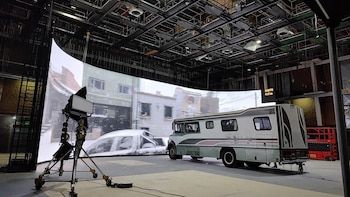
—How many planes were reviewed?
“More than 2000 planes.” They came from everyone, not just here. It was a very complex technical and artistic coordination.
“How was your link with Bruno Stagnaro?”
“Very close.” We were building many decisions together. He had a clear idea, but he didn’t know how to do it technically. Then we support each other for two years.
“Did you also work with new technologies?”
-Yeah. We use tools that were quite innovative for most local studies. That is why there was so much research and previous test time, even during the pandemic.
For many of the professionals who worked in the adaptation of The Eternalutathe project was not only one more job, but the realization of a personal dream. Ignacio Pol remembers how he knew the comic, what he meant for him and why his generation seems especially crossed by this work.
“When did you first The Eternaluta?
“Since 13 years.” I remember that my mother bought it leaving the cinema at the Recoleta Village. We entered the cusp library and took it to me. I devoured it as soon as we get home.
“What generated that first reading?”
“It was my entrance point.” It marked me. I was already a fan of visual effects, I loved seeing how Matrix became, for example. But from that time, I knew I wanted to study cinema and make this story.
“Do you think your generation has a special relationship with The Eternaluta?
“Yes, totally.” There is something with those of thirty -beak. Many of us arrived at the comic because our parents presented it to us. I have many friends who lived something similar.
“What do you think of the message of the work?”
—It is a collective, community message. Just what we wanted to reflect on how we work the series. That was very important for everyone.
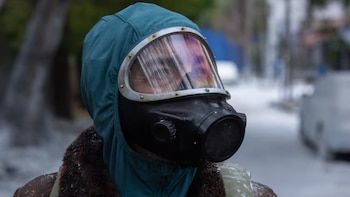
“What did you feel to see the final result?”
“Admiration for the team.” I was stunned with the final chapter. I am delivered to the life that comes. It was a dream fulfilled.
When asked if he ever imagined that he was going to work on The EternalutaIgnacio Pol smiles. “With my filmmates, in the first days of course, we already talked about what we wanted to make this movie”, Recalls Pol.
What began as a fantasy of young cinephiles ended up becoming one of the most ambitious productions in the country. And it was during the pandemic, in full isolation, doing augmented reality tests from their homes, when that dream took concrete form: “We were experiencing with creatures in virtual stages from our cell phones. We never imagine that was going to take us to work with Bruno Stagnaro in this series “.

